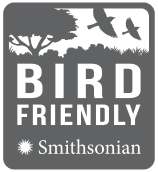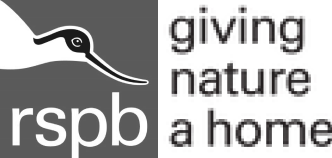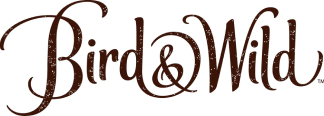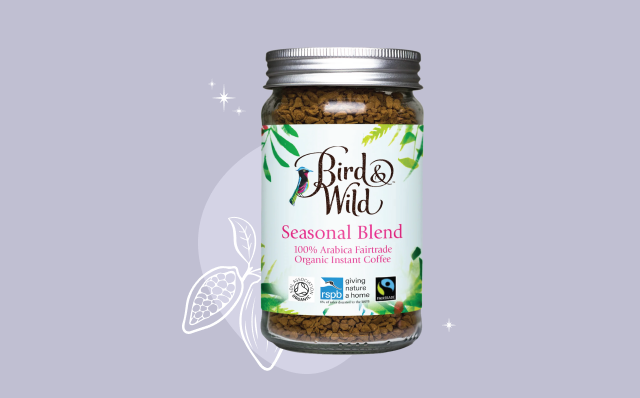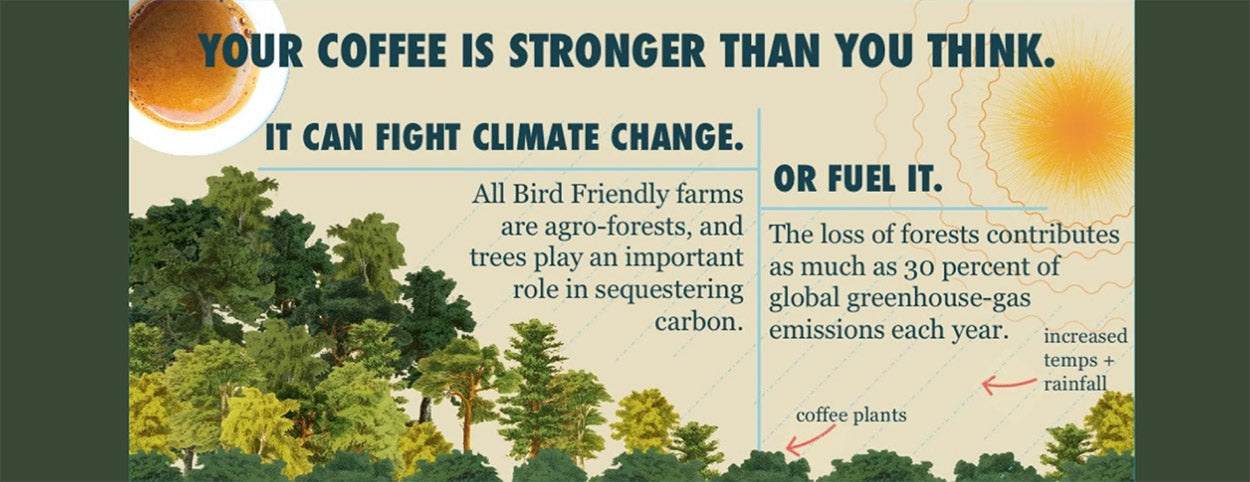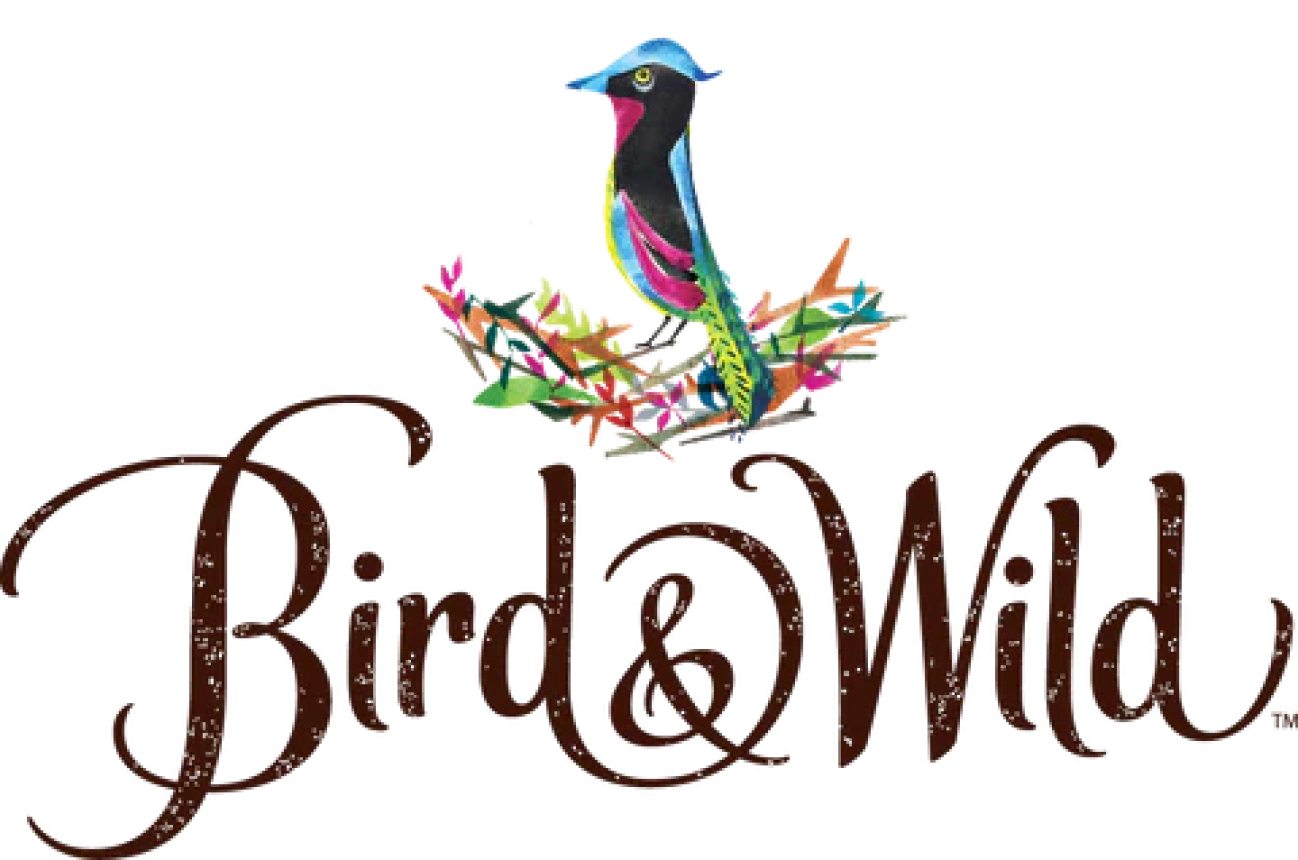
What is Bird Friendly Coffee?
The Smithsonian Migratory Bird Center in the United States has developed the only 100% Organic and Shade Grown coffee certification in the world called Bird Friendly Certification.
No other bag guarantees that every bean is produced organically and under high-quality shade, ensuring tropical "agroforests" are preserved and migratory birds find a healthy haven when they travel from northern climes to those faraway farms producing the beans.
With widespread clear cutting for sun coffee plantations, it's imperative to protect the tropical forest that remains and rehabilitate degraded ecosystems.
Every cup of Bird Friendly coffee you drink encourages more farmers to grow in the shade, which is good for birds and for people.
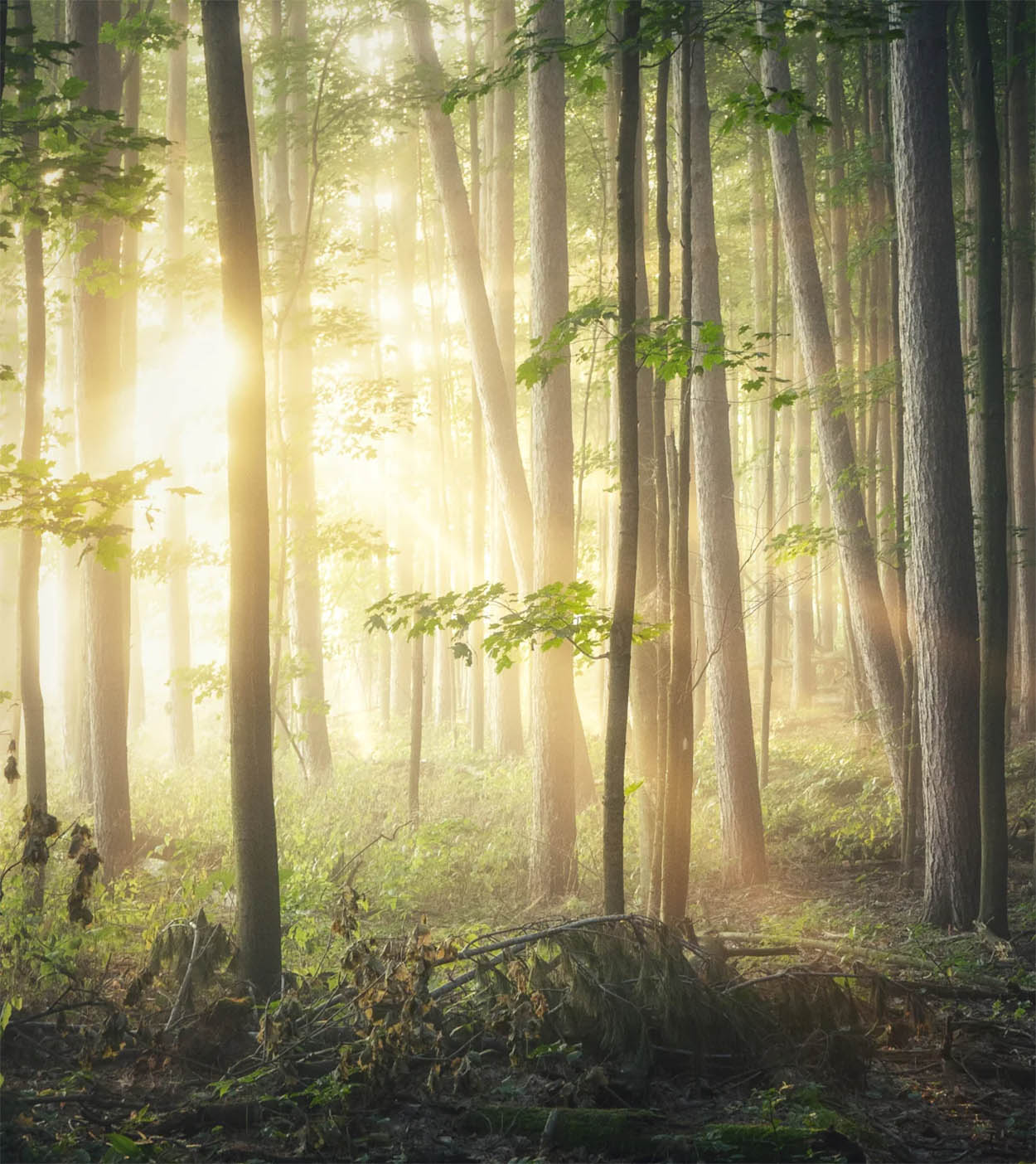
Firstly, the coffee is certified Organic, which means managing a healthy soil base and applying no harmful pesticides to the coffee that could otherwise run off into streams and rivers. This helps reduce the billions of pounds of noxious chemicals injected annually into natural ecosystems that support wildlife and communities.
Second, a variety of native shade trees are grown throughout the coffee plantation. The combination of foliage cover, tree height and animal diversity provides suitable migratory bird habitat while maintaining productive farms. Producers must be recertified every three years to ensure they continue to meet these requirements and can truly call themselves Bird Friendly.
Third, our coffees are Fairtrade Certified, which ensures producers in developing countries are paid a fair price for their work, by companies in developed countries based on partnerships, which means that the interests of farmers and workers are just as important as other commercial considerations.
Key principles ensure that trading practices are fair and not one-sided, prices paid are fair and sufficient for producers and workers to earn more than enough to meet their day-to-day needs, payments are made in advance to ensure the supplier can fulfill orders, and safe working conditions including non-discrimination and welfare of children.
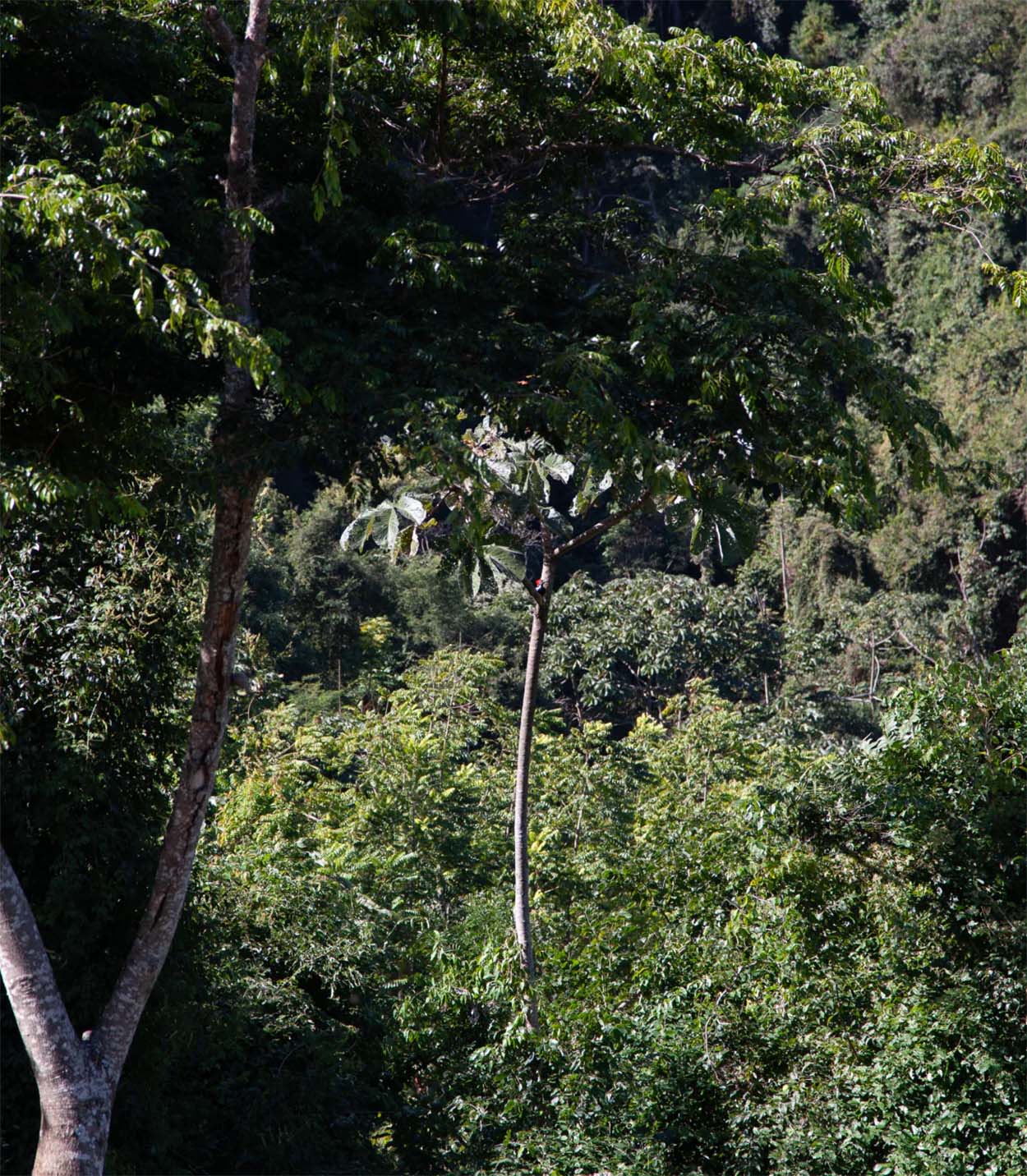
What is Shade Grown Coffee?
Traditionally, coffee was grown commercially under other trees that provided shade. Indeed, in its natural wild state, coffee much prefers shade in the heat of the tropics.
However, since the 1970s, new sun-tolerant coffee plants have been developed with the aim to yield higher production rates to produce larger yields through higher-density, open planting over huge areas of land.
Unfortunately, this cultivation practices of open planting is completely unsustainable, destroys the land through overexposure to the sun and has a negative impact on the environment that is not talked enough about.
As a result, the concept of Shade Grown Coffee, a return to traditional coffee farming, was born. A canopy of assorted types of shade trees is created to cultivate shade-grown coffee, which incorporates principles of natural ecology to promote natural ecological relationships.
Indeed, recent research points to a direct correlation between the structural complexity of a coffee plantation and the number of species found. In short, Shade Grown Coffee increases biodiversity. It’s a no-brainer really and similar to what we see with other monocultures that destroy biodiversity.
The forest-like structure of shaded coffee farms provides habitat for a great number of migratory and resident birds, reptiles, ants, butterflies, bats, plants and other organisms. Actually, off all agricultural land uses, shade-grown coffee supports the highest diversity of migratory birds, native flora and fauna.
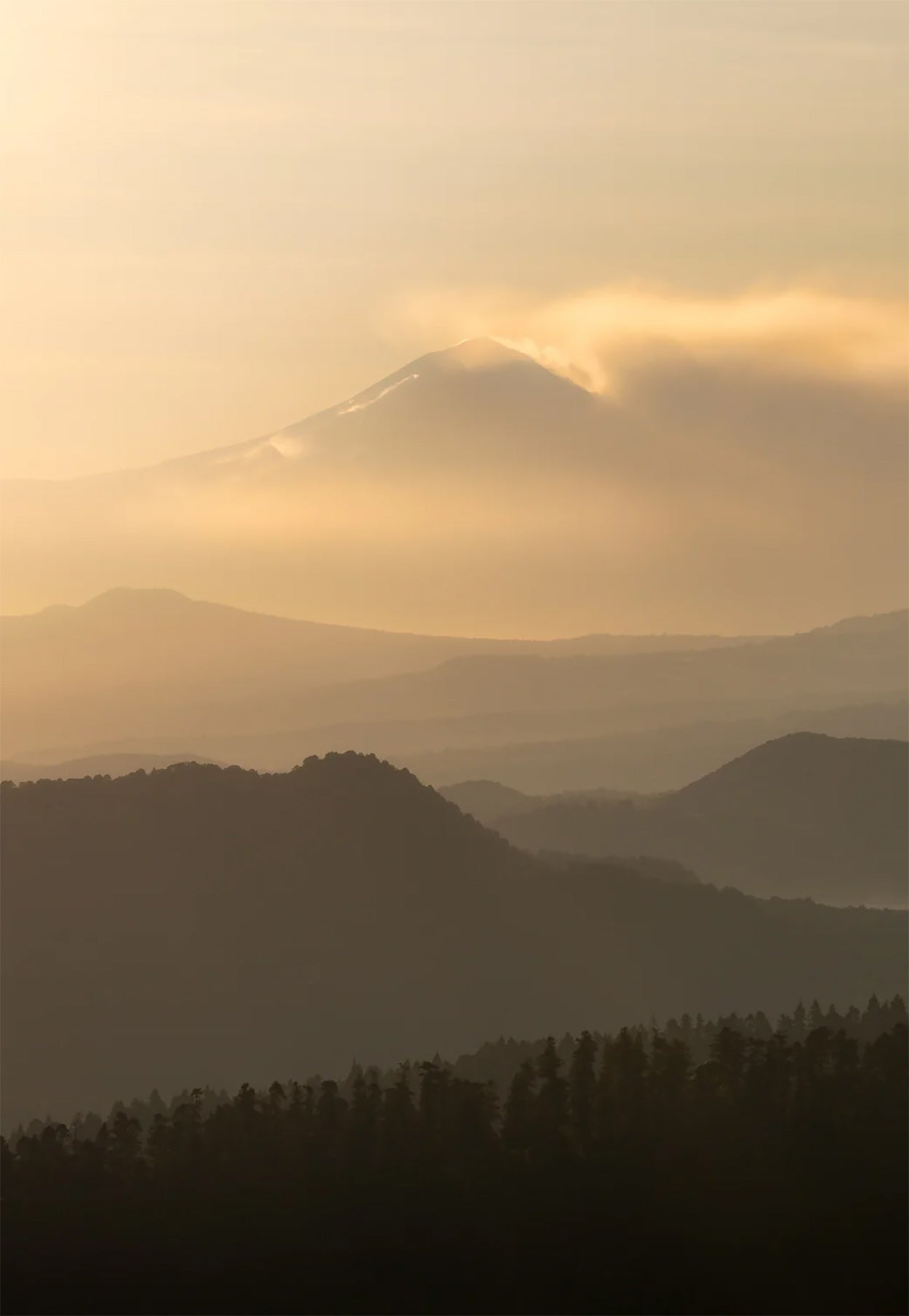
Here are some bite size facts about Shade Grown Coffee:
- It helps plant diversity with typically 90 to 120 species of plant and 13 to 58 species of tree on a single site. Herb diversity is typically 3 to 4 times higher as well.
- It helps insect diversity with 609 species of insect found in a Shade Grown Coffee site in Mexico.
- It helps both native and migratory bird species diversity. For example, 184 bird species (including 46 migratory bird species) were found on a single Shade Grown Coffee site in Mexico. This compares with as few as 6-12 bird species found in unshaded coffee monocultures.
- In a study of shade vs. sun coffee comparisons in Guatemala, overall bird abundance and diversity were 30% greater, respectively, in shaded farms than sun farms. Indeed, shade-grown trees housed two-thirds of the bird species found in natural forests in the same geographic area.
- Shade Grown Coffee promotes mammal diversity. For example, a Shade Grown Coffee site in India found 28 species of mammals in one site alone.
- Many species of bees are attracted to shaded polycultures that have a variety of flowering plants in addition to coffee. In a shade grown study in Indonesia, bee populations rose by 90%.
- It protects soil. The presence of canopy and midstory vegetation in shaded polycultures helps reduce soil erosion as well stabilize steep, mountainous slopes. Typically, soil moisture is 42% lower in unshaded plantations than in shaded plantations and there is significantly less runoff of surface water in shaded plantations than in unshaded plantations.
- It acts as a carbon sink. Just like natural forests, the carbon sequestered in a shade‐grown coffee farm’s shade trees will be stored in the tree trunks, limbs, leaves, and roots of the foliage as opposed to being in the atmosphere and adding to global warming.
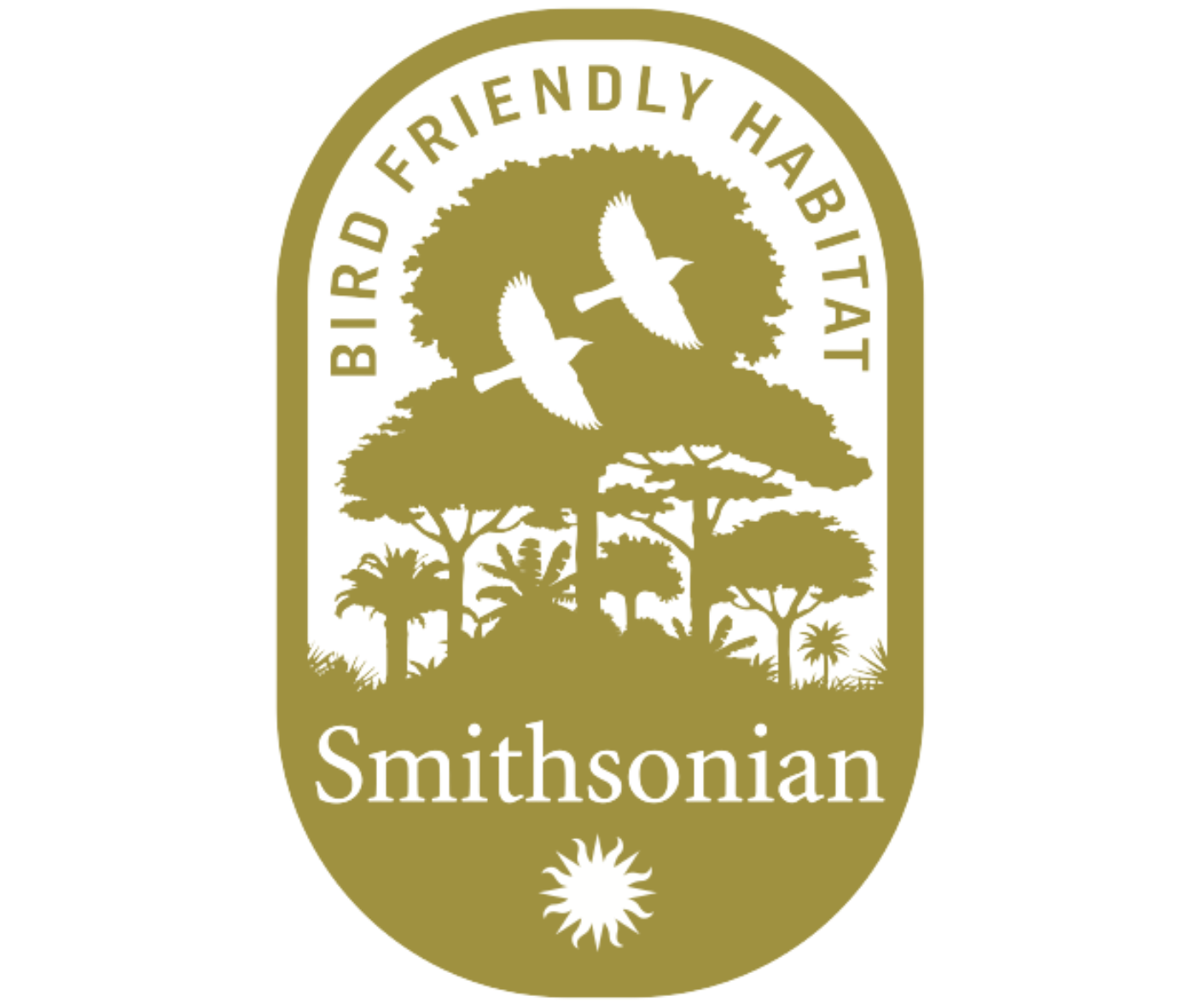
So, the conclusion here is greater densities of birds, mammals, plants, trees and insects are found in shade-grown coffee sites than in local natural habitats. This is most likely due to the greater abundances of bird-dispersed fruit trees, flowering plants, and insects found in the shade sites. Bird communities in traditional polycultures are composed mainly of canopy species feeding on fruit, insects, and nectar.
In addition to the animal and plant diversity, being farmed organically, there are no pesticides to kill of species diversity. The diversity and harmony found in shaded polycultures allows for relatively complex food webs to form. Birds and mammals alike play a large role in pest control by eating many herbivorous insects.
An example of this is in Jamaica. In one coffee plantation, birds were excluded and this rapidly resulted in a 70% increase in coffee berry borer pest infections into coffee plants.
Another example is in Puerto Rico, which used enclosure plots to exclude lizards, but this only resulted in an increase in leafminers - an insect that is a serious pest to coffee plants.
So, on the evidence, Shade Grown Coffee is a no-brainer really, yet there is still far too little Shade Grown Coffee plantations and we need to make to shout out about this and grow this movement towards greater biodiversity on our coffee plantations.
The result is a better-tasting truly ethical and environmentally friendly coffee.
Certifications
Our coffee is approved by

